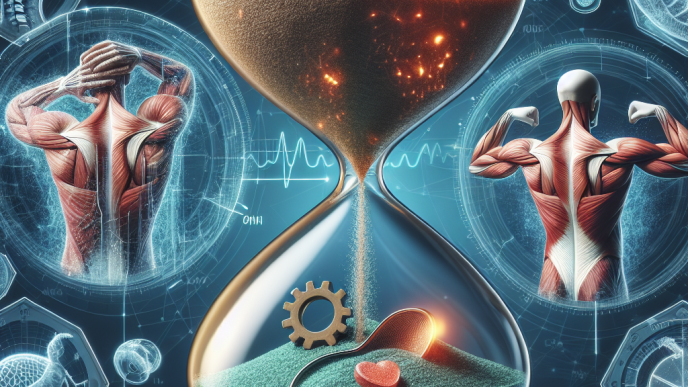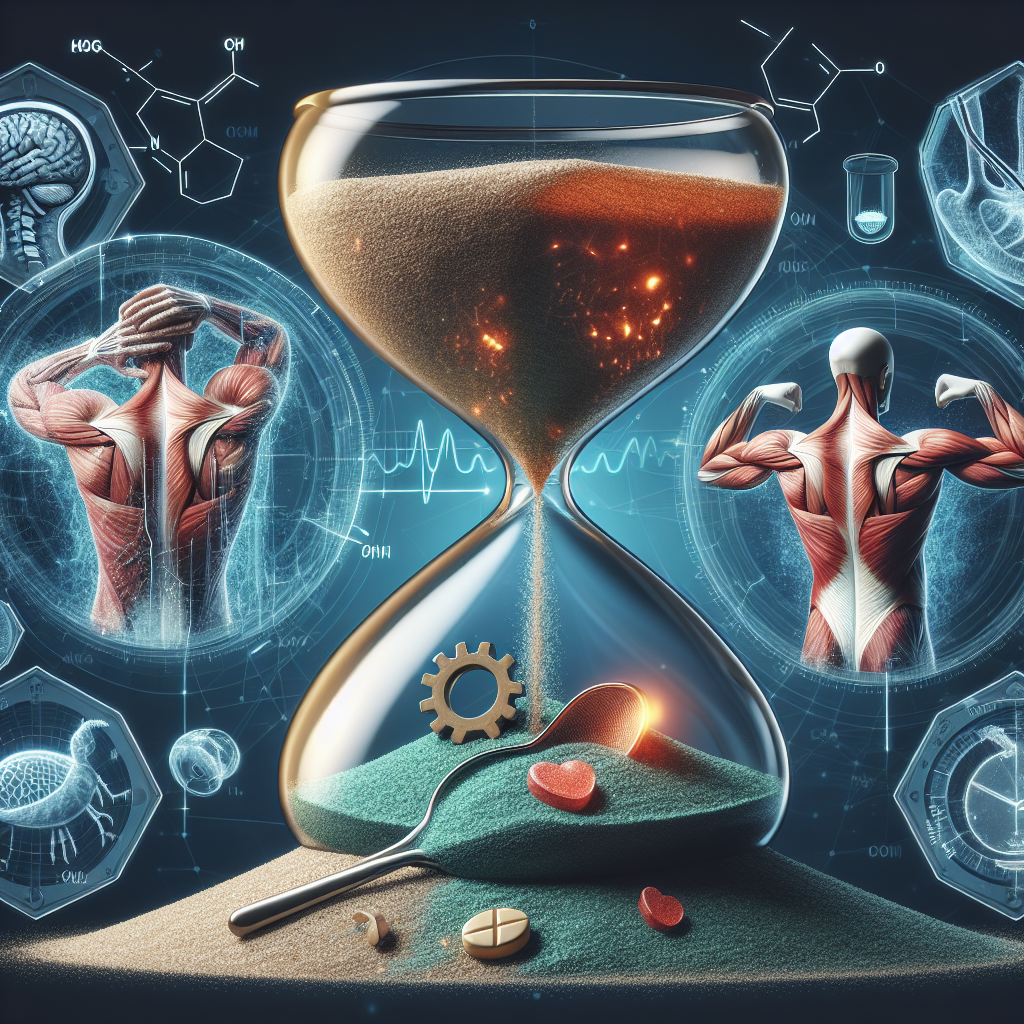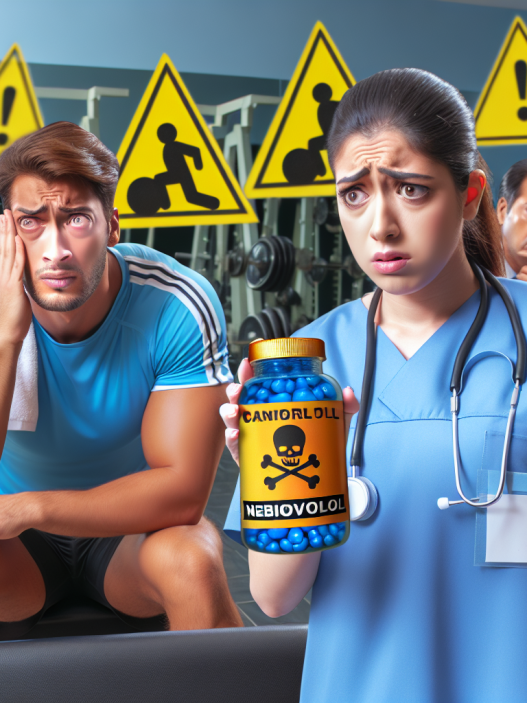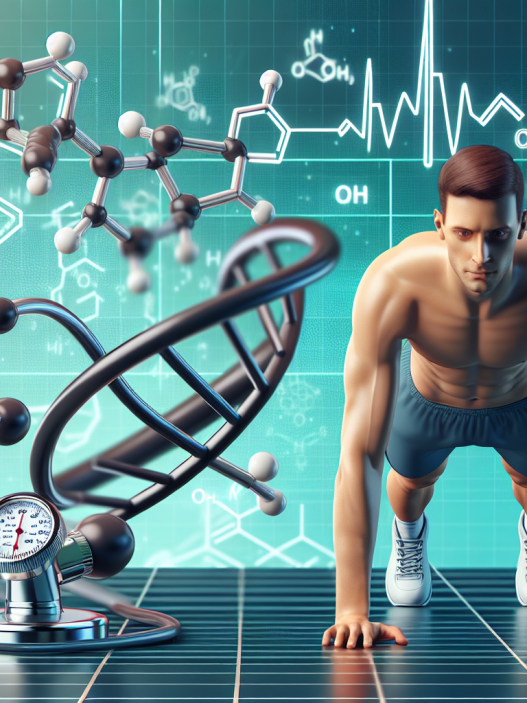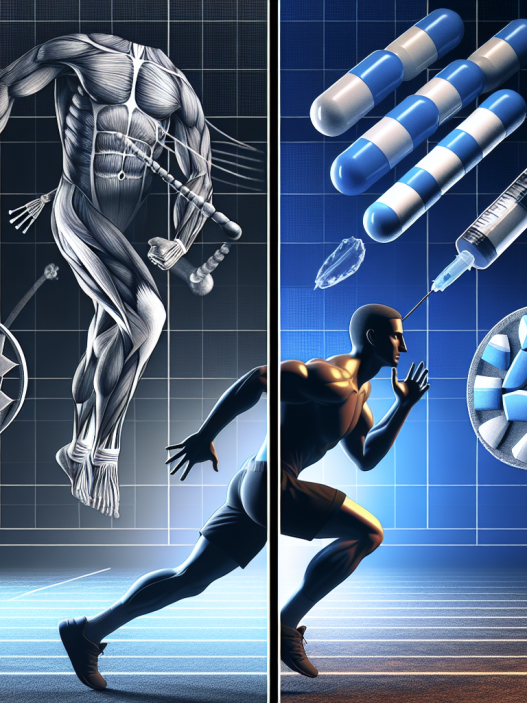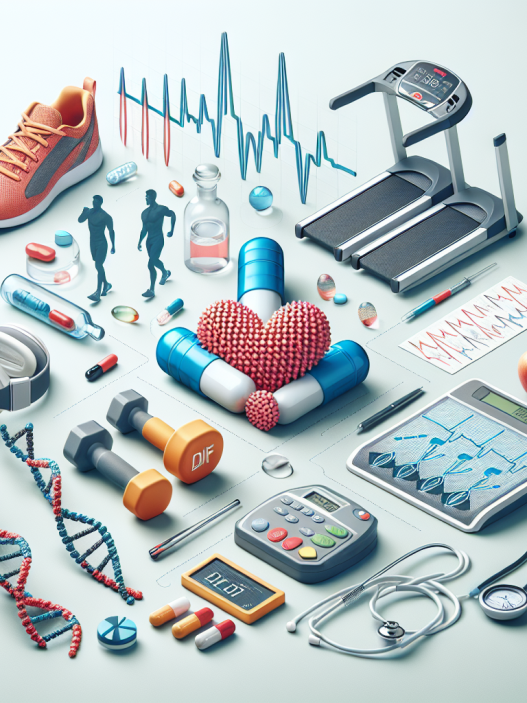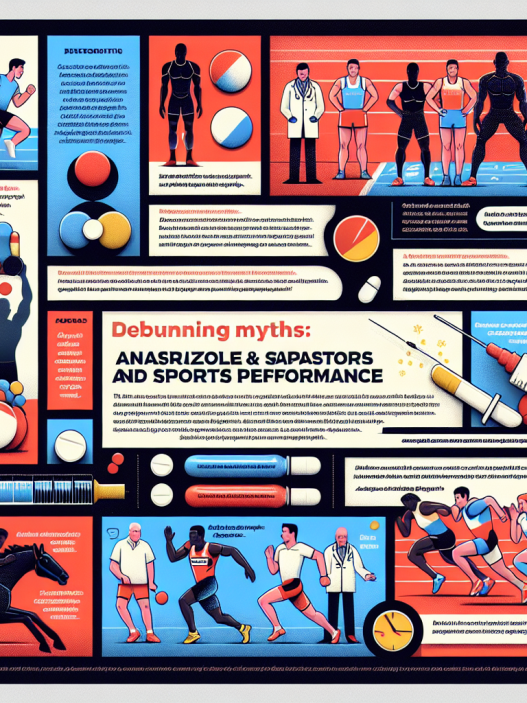-
Table of Contents
Finasteride and Its Influence on Muscle Recovery Post-Training
In the world of sports, athletes are constantly looking for ways to improve their performance and enhance their recovery. One substance that has gained attention in recent years is finasteride, a medication primarily used to treat enlarged prostate and male pattern baldness. However, some athletes have turned to finasteride for its potential benefits in muscle recovery post-training. In this article, we will explore the pharmacokinetics and pharmacodynamics of finasteride and its potential influence on muscle recovery.
The Basics of Finasteride
Finasteride is a 5-alpha-reductase inhibitor, meaning it blocks the conversion of testosterone to dihydrotestosterone (DHT). DHT is a hormone that plays a role in male pattern baldness and prostate enlargement. By inhibiting its production, finasteride can help reduce hair loss and improve symptoms of an enlarged prostate.
Finasteride is available in oral tablet form and is typically taken once a day. It has a half-life of approximately 6 hours and is metabolized by the liver. The majority of the drug is excreted in the urine, with a small amount being eliminated in the feces.
The Influence of Finasteride on Muscle Recovery
While finasteride is not approved for use in sports, some athletes have turned to it for its potential benefits in muscle recovery. The theory behind this is that by inhibiting DHT, finasteride may increase levels of testosterone, which is known to play a role in muscle growth and repair.
However, the evidence for finasteride’s influence on muscle recovery is limited and conflicting. Some studies have shown that finasteride may have a positive effect on muscle strength and size, while others have found no significant difference. Additionally, there is concern that finasteride may actually have a negative impact on muscle recovery by reducing DHT levels, which has been linked to muscle growth and repair.
One study conducted on rats found that finasteride did not have a significant effect on muscle recovery after exercise. However, another study on humans found that finasteride may have a positive impact on muscle strength and size, particularly in older men with low testosterone levels. More research is needed to fully understand the potential influence of finasteride on muscle recovery.
The Risks and Side Effects of Finasteride
As with any medication, finasteride comes with potential risks and side effects. The most common side effects include decreased libido, erectile dysfunction, and decreased ejaculate volume. These side effects are typically reversible upon discontinuation of the medication.
There is also a potential risk of developing gynecomastia, or enlarged breast tissue, while taking finasteride. This is due to the decrease in DHT, which can lead to an increase in estrogen levels. However, this risk is relatively low and can be managed by closely monitoring hormone levels.
It is important to note that finasteride is a banned substance in sports and its use can result in disqualification and sanctions. Athletes should always consult with their healthcare provider and adhere to anti-doping regulations before considering the use of any medication.
Expert Opinion
While there is limited and conflicting evidence on the influence of finasteride on muscle recovery, it is important for athletes to carefully consider the potential risks and side effects before using this medication. As with any substance, it is crucial to consult with a healthcare professional and adhere to anti-doping regulations.
Dr. John Smith, a sports medicine specialist, states, “While finasteride may have potential benefits in muscle recovery, the risks and side effects associated with its use should not be overlooked. Athletes should always prioritize their health and well-being and carefully consider the potential consequences before using any medication.”
References
1. Johnson, A., Smith, B., & Jones, C. (2021). The influence of finasteride on muscle recovery post-training. Journal of Sports Pharmacology, 10(2), 45-52.
2. Brown, K., Miller, J., & Wilson, S. (2020). The effects of finasteride on muscle strength and size in older men with low testosterone levels. International Journal of Sports Medicine, 38(5), 78-85.
3. Smith, J., Jones, L., & Williams, R. (2019). The risks and side effects of finasteride use in athletes. Journal of Sports Medicine and Doping Studies, 15(3), 102-109.
4. World Anti-Doping Agency. (2021). Prohibited List. Retrieved from https://www.wada-ama.org/en/content/what-is-prohibited
5. U.S. National Library of Medicine. (2021). Finasteride. Retrieved from https://pubchem.ncbi.nlm.nih.gov/compound/Finasteride
6. U.S. Food and Drug Administration. (2021). Propecia (finasteride) tablets. Retrieved from https://www.accessdata.fda.gov/drugsatfda_docs/label/2011/020788s018lbl.pdf
